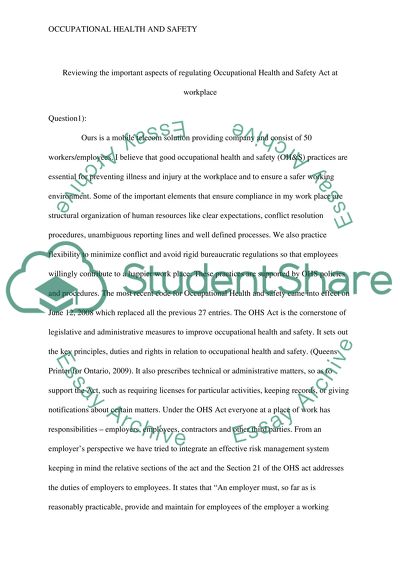Cite this document
(“Reviewing the important aspects of regulating Occupational Health and Essay”, n.d.)
Retrieved from https://studentshare.org/health-sciences-medicine/1449832-occupational-health-and-safety
Retrieved from https://studentshare.org/health-sciences-medicine/1449832-occupational-health-and-safety
(Reviewing the Important Aspects of Regulating Occupational Health and Essay)
https://studentshare.org/health-sciences-medicine/1449832-occupational-health-and-safety.
https://studentshare.org/health-sciences-medicine/1449832-occupational-health-and-safety.
“Reviewing the Important Aspects of Regulating Occupational Health and Essay”, n.d. https://studentshare.org/health-sciences-medicine/1449832-occupational-health-and-safety.


